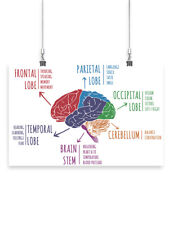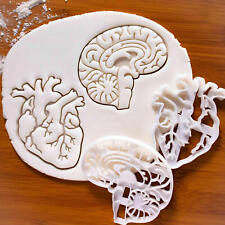
Researchers working in a relatively new area of neuroscience have made progress in understanding why some people are more prone to risk taking than others. “Neuroeconomics” is a relatively new area of neuroscience that incorporates the expertise of neuroscientists, economists, psychologists and psychiatrists. Researchers in these fields are collectively trying to understand how the brain functions when people are faced with decision-making, risk evaluation and the potential rewards that follow.
In a new study, published in the journal Neuron, Duke University Medical Center researchers found that the human brain differentiates between “ambiguous choices” and those choices only involving risk. The team made these findings based on experiments involving adult subjects who had to make monetary “gambles” deemed to be either certain, risky or ambiguous, with a cash payout for the winners. The subjects were given the odds for winning in regard to the risky decisions, but they were left in the dark when it came to the ambiguous decisions.
Economists have suspected that different attitudes toward perceived risk and ambiguity in decision-making situations may reflect a basic distinction in brain function, explained the researchers. “This opens up the possibility that there are specific neural mechanisms for different forms of economic decision making, which is a very exciting idea,” said Huettel.
The research is an important addition to the understanding of why certain people have a tendency to take more risks than others, and perhaps even why these risk-taking tendencies become pathological. “By understanding these mechanisms, we may be able to make better predictions about how people will behave or interact in different circumstances,” Huettel said. The research team gave the examples of addiction and compulsive gambling as the types of risky behaviors that could be addressed using their newfound knowledge.
“Some people are impulsive, some people are not; some people think through their decisions while others don’t, and sometimes this can become pathological,” said Michael Platt, neurobiologist and co-author of the study. “Impulsive behavior can be associated with all sorts of mental disorders like addiction or problem gambling. If it could be demonstrated that we could change the way people perceive risk and ambiguity by introducing a medication that could influence brain chemistry, someday we might be able to alleviate some types of pathological decision making.”
Economists are also pleased by the results, claiming that the study may inform future economic policies that are based on more robust economic models. “The results are exciting because they suggest that people evaluate risky and ambiguous options in different ways,” said Jill Stowe, co-author of the study. “That element is not currently embedded in current economic models of decision making under risk or ambiguity, so this may very well lead to better economic models in the future, as well as hold implications for future economic policy.”


















Comments are closed.